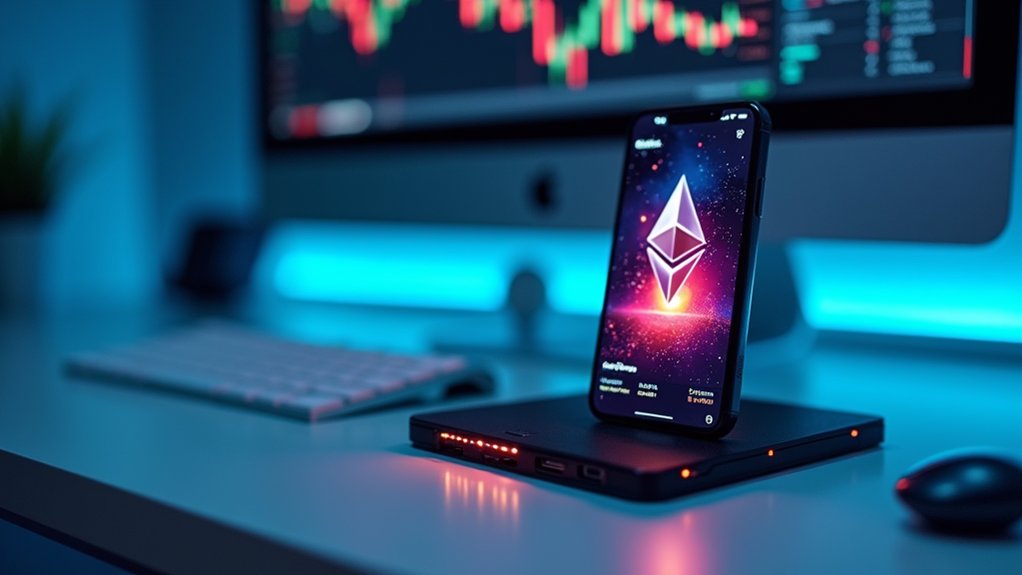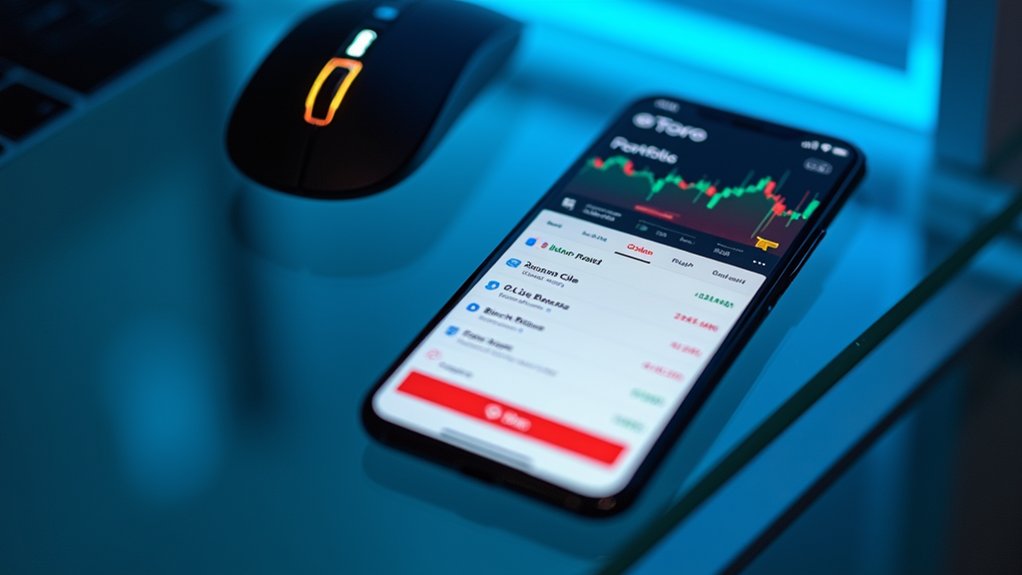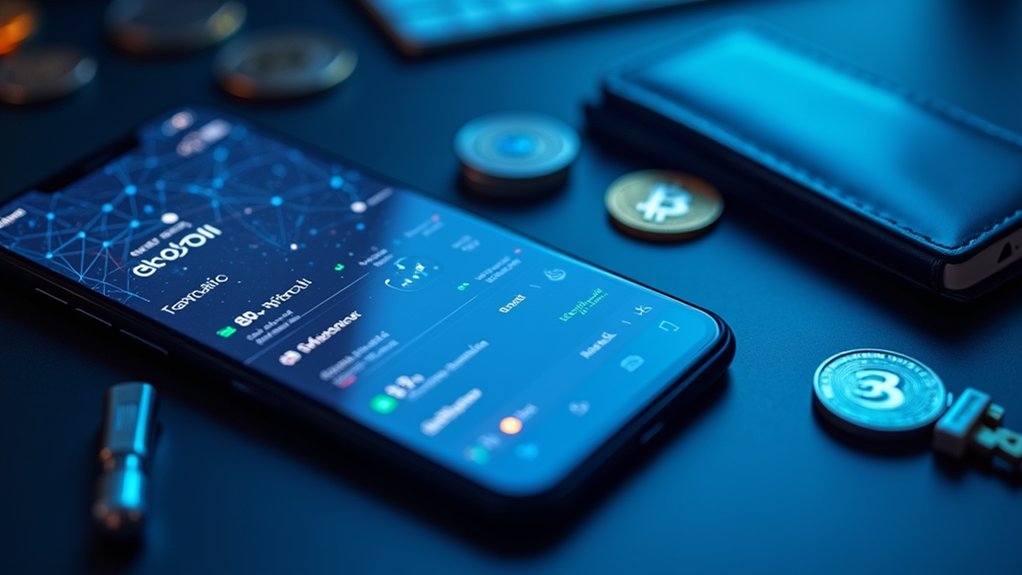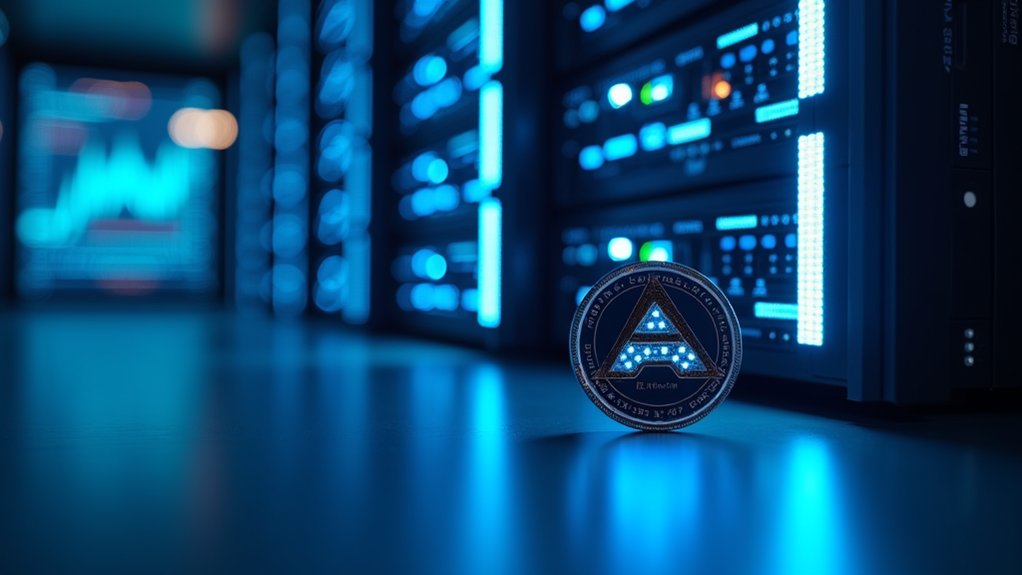Investing in NFTs requires establishing a secure cryptocurrency wallet such as MetaMask or Trust Wallet, researching platforms similar to OpenSea, Rarible, and Magic Eden, and conducting thorough due diligence on projects through creator credibility assessment and community engagement analysis. Investors must account for transaction costs, including gas fees ranging from $10-$150 on Ethereum, while considering alternative networks like Solana for lower fees. Strategic timing of purchases and utilization of analytical tools like Rarity.tools enhance investment potential in this volatile digital asset class.

The rapidly evolving landscape of non-fungible tokens, commonly known in the capacity of NFTs, presents numerous investment opportunities for those willing to navigate its complex ecosystem. Investors seeking to participate in this digital asset class must first understand the fundamentals of blockchain technology, cryptocurrency acquisition, and the distinctive characteristics that create value within the NFT market, which mainly operates across established platforms like OpenSea, Rarible, and Magic Eden, each with their respective concentrations and fee structures.
Establishing a secure cryptocurrency wallet constitutes the initial step toward NFT investment, with MetaMask emerging as the leading choice for Ethereum-based transactions, while alternatives like Trust Wallet offer cross-chain compatibility for those exploring diverse blockchain ecosystems.
Prospective investors must carefully consider wallet security protocols, including two-factor authentication implementation and private key management, because these digital repositories will ultimately house assets that may appreciate greatly in value over time.
Transaction costs represent a critical consideration within the NFT investment framework, particularly on the Ethereum network, where gas fees fluctuate dramatically based on network congestion, often ranging from $10 during low-traffic periods to upwards of $150 during peak demand.
Investors may mitigate these costs through layer-2 solutions such as Arbitrum or by exploring alternative blockchains like Solana, which offers notably reduced transaction fees through its marketplace, Magic Eden.
Due diligence in project evaluation remains paramount, with successful investors prioritizing creator credibility, community engagement metrics, artistic originality, and utility factors when evaluating potential acquisitions.
The most resilient investments typically demonstrate transparent team structures, active Discord or Twitter communities, and clearly articulated value propositions beyond mere speculative appeal.
It's important to be aware that approximately 80% of NFTs purchased may not yield profitable returns, making diversification and careful selection crucial to overall investment success.
Analytical tools such as Rarity.tools provide quantitative frameworks for evaluating collection attributes and relative scarcity, enabling data-driven investment decisions within a market characterized by both tremendous opportunity and considerable volatility.
Through careful platform selection, thorough research methodologies, and strategic timing of purchases, investors can potentially capitalize on this emerging asset class while minimizing exposure to its intrinsic risks.
To begin investing in NFTs, you'll need to buy Ethereum or other compatible cryptocurrency through a crypto exchange and transfer it to your wallet before connecting to marketplaces.
After selecting an NFT to purchase, you'll need to have sufficient funds to cover both the purchase price and the minting fees associated with recording the transaction on the blockchain.
Frequently Asked Questions
Are NFTS Environmentally Friendly?
NFTs have faced substantial environmental criticism due to their significant carbon footprint, particularly those minted on proof-of-work blockchains like Ethereum's original architecture.
A single NFT transaction has historically consumed approximately 35 kWh of electricity, equivalent to four days of power usage for an average European resident.
However, the industry has responded with sustainability initiatives, including shifts to proof-of-stake consensus mechanisms, energy-efficient blockchains like Tezos and Solana, and carbon offset programs to mitigate ecological impact.
How Are NFTS Taxed in Different Countries?
NFT taxation varies greatly across jurisdictions, reflecting diverse regulatory approaches.
The US treats NFTs as property, subjecting transactions to capital gains tax, while Singapore taxes NFT income but exempts capital gains.
Malta imposes a 35% business income tax on crypto-to-crypto trades, exempting long-term holdings.
Portugal maintains preferential treatment for long-term gains despite introducing a 28% tax on short-term profits.
Tax-friendly jurisdictions include Puerto Rico, which exempts capital gains on NFTs acquired post-residency, and the Cayman Islands, which levies no income or capital gains taxes.
Can I Create My Own NFT Without Technical Skills?
Individuals without technical expertise can effectively create NFTs through no-code platforms like OpenSea, Rarible, and Foundation, which abstract blockchain complexities through user-friendly interfaces.
These services facilitate direct artwork uploads, metadata input, and minting processes via simple wallet connections, eliminating the need for manual smart contract coding.
Platforms like NFTPort.xyz further simplify the process through drag-and-drop functionality, while some offer cost-effective options, including sponsored gas fees for initial minting transactions.
What Happens to My NFT if the Platform Shuts Down?
When a platform shuts down, the NFT's blockchain ownership record remains intact, since it exists independently on the decentralized ledger.
However, accessibility to the fundamental asset may be compromised if metadata and images were stored on centralized servers rather than decentralized solutions like IPFS or Arweave.
Investors should verify storage methods, maintain private key security, and diversify platform usage to mitigate risks associated with platform closures, which primarily affect interface functionality rather than actual ownership rights.
Do NFTS Have Physical Backup or Only Digital Existence?
NFTs exist primarily in digital form, with ownership recorded on blockchain ledgers.
While the tokens themselves lack fundamental physical backups, some NFT projects implement tangible components through supplementary mechanisms, like NFC chips, QR codes, or physical merchandise.
The connection between digital tokens and real-world assets requires separate infrastructure and often third-party custodians, creating a distinction between on-chain ownership rights and physical possession of any associated tangible items.









